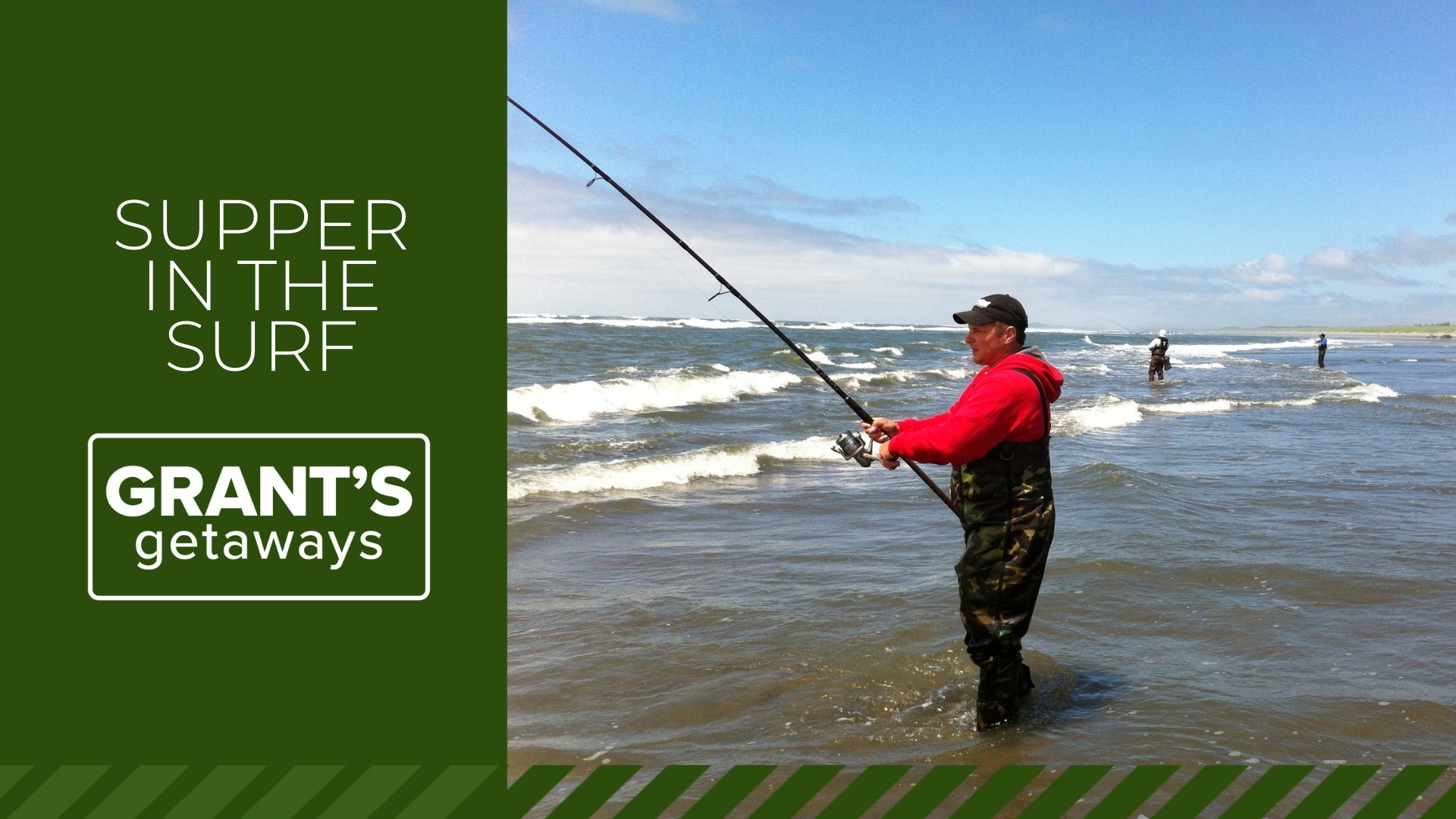GEARHART, Ore. — It's springtime on the Oregon coast and adventure waits at every turn. When the tide goes out, the dinner table is set for thousands who gather to dig razor clams at Gearhart Beach in Oregon’s Clatsop County.
Out in Oregon’s ocean surf, a rod, a reel and bait is all it takes to locate a fine supper.
Astoria native and longtime clam digger Steve Fick used a short-handled shovel with a long steel blade as he walked the beach and looked for the clam show in the surf.
"Well, sometimes when they’re feeding, they stick their neck up and out right in the shallow surf line – it makes a little v and we call those ‘neckers.’ Once you get the knack for spotting them, it’s easy," he said. "Go down about two inches on the side of the hole and then you pull the shovel toward the hole. Then pull the sand up and as you do that, reach your hand in underneath and feel for the clam’s neck. Pull the clam up but not too hard or you pull the neck off."

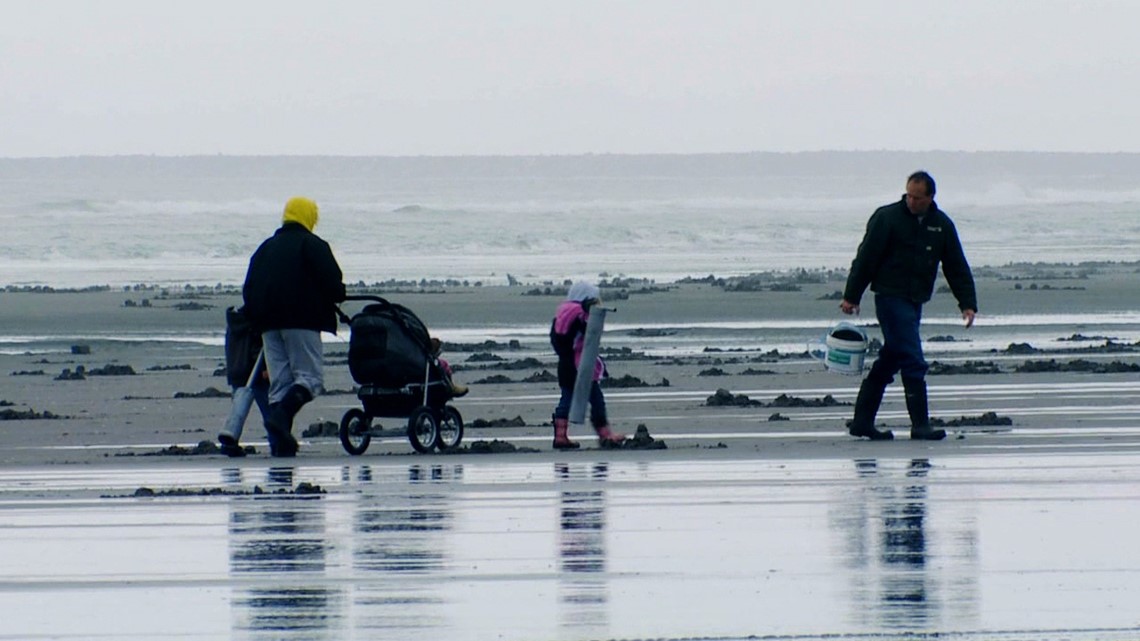
It takes some time and effort to get the feel for this sport, but it’s a satisfying reward on an early morning adventure.
"There’s a lot of enjoyment down here in the morning," Fick said. "Digging clams and just walking the beach – plus, you can bring the entire family here too."
Fick was quick to remind me that each clammer must keep the first 15 razor clams he or she digs, regardless of their size. In addition, every clammer age 14 and up and above must purchase an Oregon Shellfish License. Further, each clam digger must dig their own clams and have their own container.
The best time to go out in the surf is a couple of hours before the low tide – and the lower the tide, the better, so check an Oregon tide table for the best dates and times.
Surf casting
When the clam tide ebbs and turns to flood, there’s another fishing sport that takes over on the beach, and it’s worth checking out too.
Brad Fresh is a longtime surf angler and he wears neoprene waders to keep out the bone chilling cold water, along with an inflatable life vest.
"It’s not that I’m a bad swimmer – I’m actually pretty good," he said. "But if I fill these waders up with water, well, I wouldn’t stand much of a chance – the water is so cold."
Fresh, his partner Chong Chang and their friend Jim Milanowski are dedicated surf fishermen who like to prospect along the beaches. They cast, then move, then cast some more – again and again until they find eager biters among the ever-moving schools of pinkfin perch.

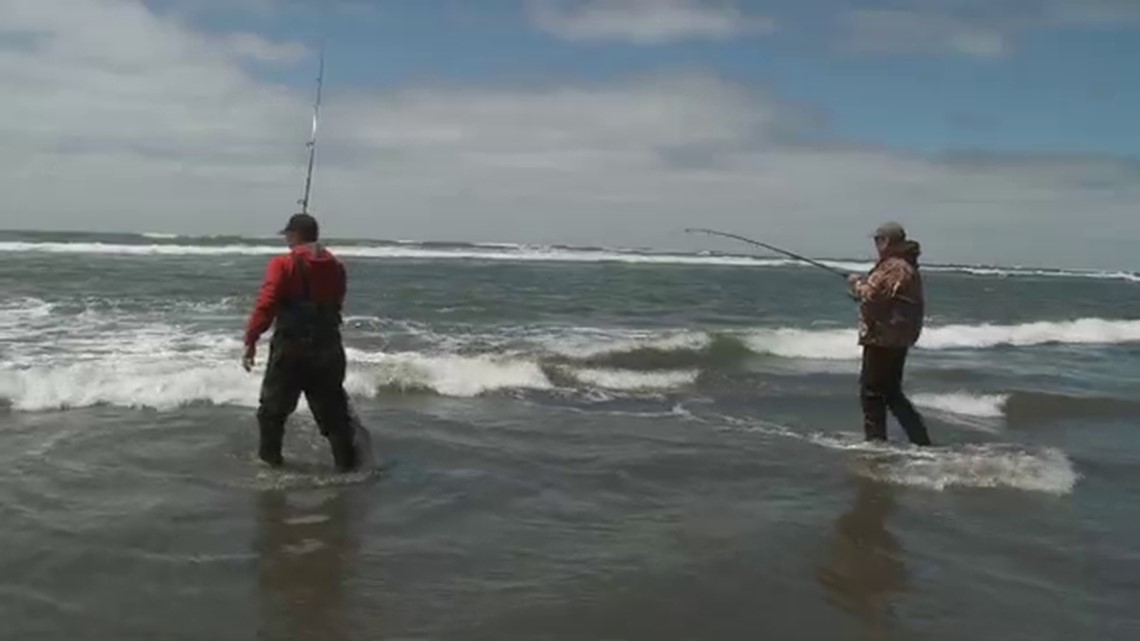
"Generally, you want to be here closer to high tide," Fresh said. "About an hour or two before high tide would be best. But we like to get here at low tide and look for the depressions and coves and other beach irregularities that might be a good place for the perch schools to feed as the tide comes in. Other than that, it’s pretty easy fishing; back to basics really."
He’s right! Dave Neels at Fisherman's Marine and Outdoors in Oregon City said it’s a simple fishery to master and it doesn’t cost an arm and a leg to get started.
"You don’t have to have a bunch of expensive surf fishing equipment," he said. "You really can catch surf perch on smaller, lighter gear."
Getting the right gear
Neels loves to cast baits into the surf for perch, and he has pictures prove it. He recommends new anglers start with a fishing rod anywhere from 9 to 12 feet long.
"That longer rod keeps your line out of the water and you can cast a lot further with a longer rod," the longtime surf angler said.
He suggested a spin casting reel that can handle 150 yards of 14-20 pound test line. His terminal gear relies on standard "crappie" rigs that have spreaders to keep up to three hooks tangle-free.
At the bottom of the rigging is a lead weight – anywhere from 2 to 4 ounces of lead "gets the job done," he said. Pyramid or sand weight styles work the best.

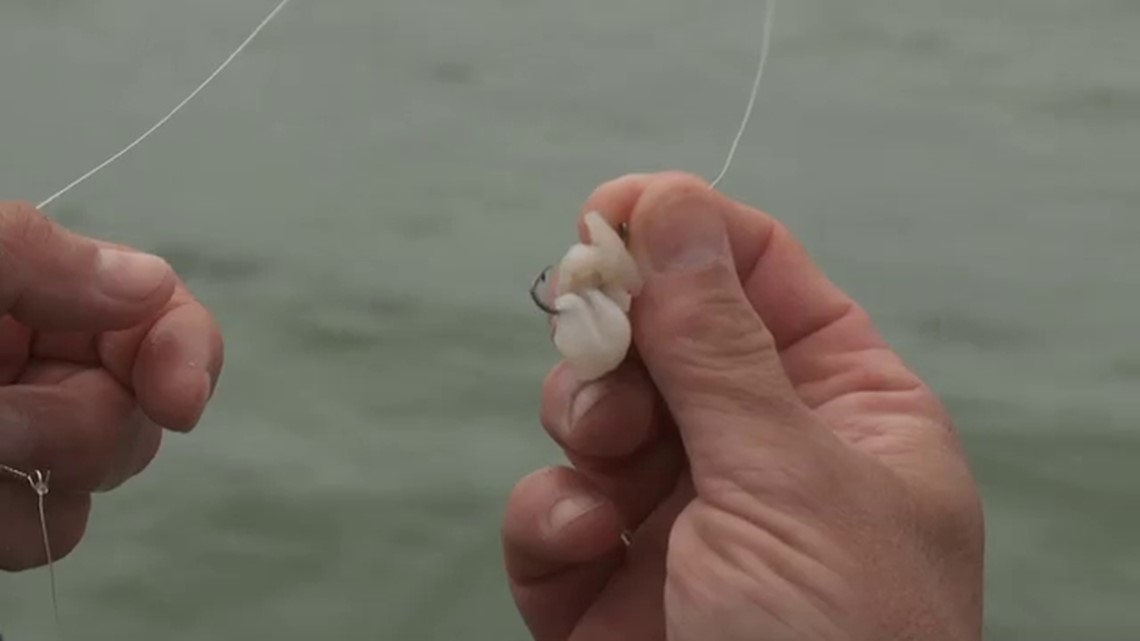
Salt water can take a toll on fishing gear, he cautioned, so remember to rinse the gear with fresh water and lubricate the reel right after every trip to the ocean. insisted Neels. “
"Don’t wait even a day or two – it’s too late!" he said. "If you fail to do that, you’ll have a rusty piece of junk in no time."
Neels said that what he loves about surf casting for perch is the solitude of the sport.
"You’re standing in the surf on a sunny day and once you find the fish, it’s often a fish every single cast," he said. "So it can be nonstop action, and I’ve always got a grin on my face for three hours straight. It’s really a hard fishery to beat."
Safety tips
Back on Gearhart Beach, Milanowski agreed that he loves the isolation of the surf fishing experience – although he enjoys the company of his friends too.
I followed his lead and used clam necks for bait – although he added that "sand shrimp" are also a good choice.
I quickly learned that safety is important when facing the power of the ocean – so be sure to consider these measures when you go:
- An Oregon angling license is required.
- Never turn your back to the ocean!
- Fish with a partner!
- Stand sideways to the waves! You take less punishment from the power of the surf that way.
- Wear a life vest! I prefer the lightweight inflatable style but I also will wear my USCG approved float coat.
- Fish the incoming tide – you’ll have more success!
Malinowski said his reward is not just the fun of a uniquely northwest fishing trip – the chunky surf perch are also exciting to catch and delicious to eat.

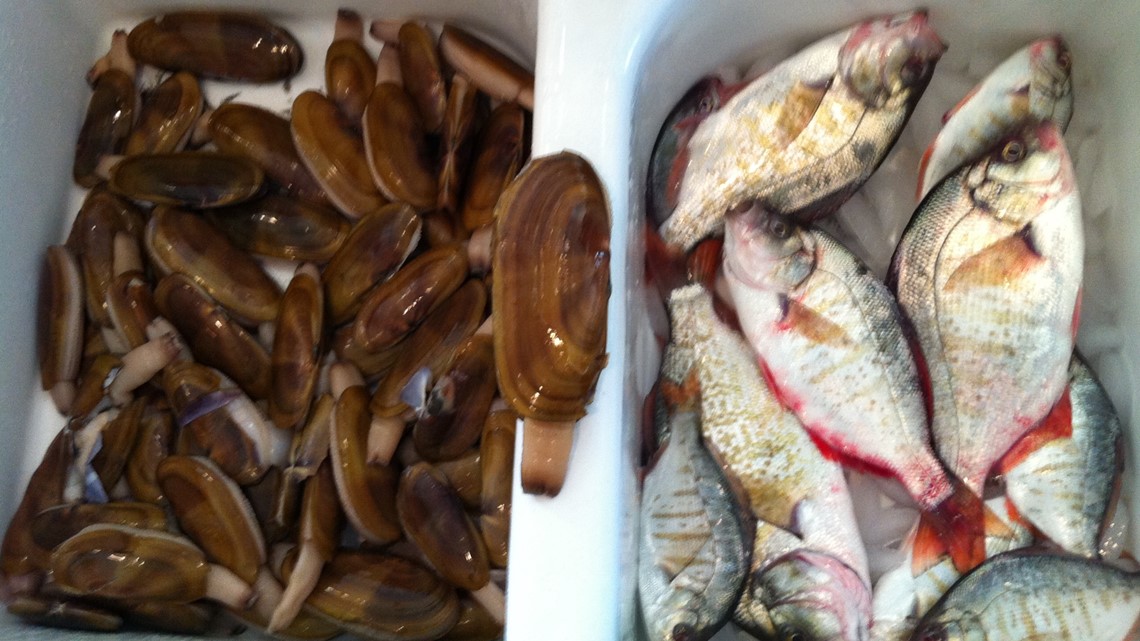
"They are a softer, white delicate meat so you cook them really fast," he said. "I prefer frying the filets – usually I fix them as I would razor clams. Just a minute per side and then enjoy the delicious, flaky, light meat.”
Moreover, the experience provides a uniquely satisfying and somewhat intimate day with the environment of the Oregon coast.
"There aren’t a lot of people out here," added Milanowski with a grin. "But that’s what makes it special for us die-hards. There’s plenty of elbow room and it’s easy to get away from the crowds. Now is the best time of year to go – it is fantastic."
Cooking Surf Perch
- Filet each perch and douse each filet in an egg bath.
- Coat each side of the clam in panko and soda cracker meal.
- The combination provides a nice coating to both sides of the perch filets.
- The preheated and hot frying pan contains a generous amount of vegetable oil.
- Cook the perch filets quickly – less than two minutes a side (until golden brown on each side.) Drain each filet on a paper towel.
- I enjoy combining the cooked perch with a generous serving of cole slaw.
Be sure to follow my Oregon adventures via the new Grant’s Getaways Podcast. Each segment is a story-telling session where I relate behind the scenes stories from four decades of travel and television reporting.
You can also learn more about many of my favorite Oregon travels and adventures in the Grant’s Getaways book series, including:
- "Grants Getaways I," Photography by Steve Terrill
- "Grant's Getaways II," Photography by Steve Terrill
- "Grant’s Getaways: 101 Oregon Adventures," Photography by Jeff Kastner
- "Grant’s Getaways: Guide to Wildlife Watching in Oregon," Photography by Jeff Kastner
- "Grant’s Getaways: Oregon Adventures with the Kids," Photography by Jeff Kastner. The collection offers hundreds of outdoor activities across Oregon and promises to engage a kid of any age.
My next book, "Grant’s Getaways: Another 101 Oregon Adventures" will be published in November.

